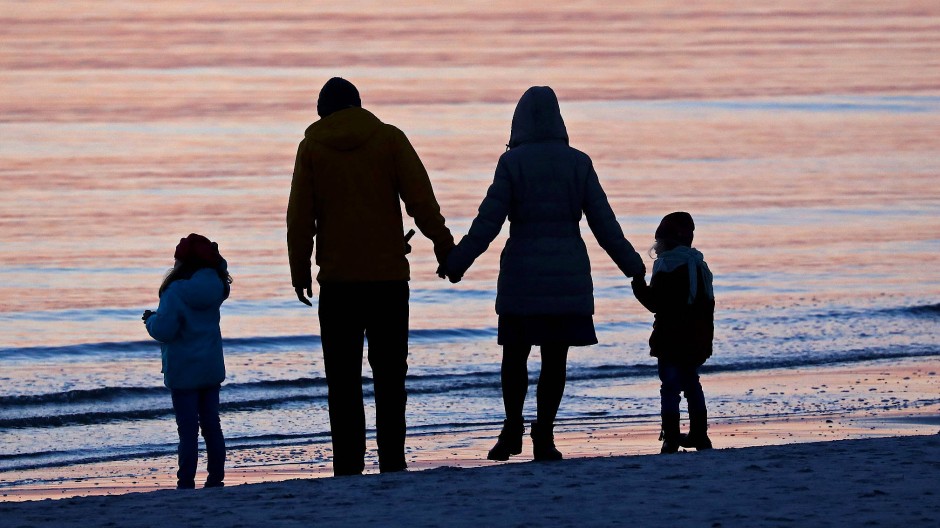Access to the middle class has become much more difficult in Germany, but the risk of relegation is increasing. The fact that the economy grew noticeably between the financial and corona crisis does not change anything.
The risk of dropping out of the middle class has increased in recent years, especially among the lower middle class. This is the result of an analysis by the Organization for Economic Co-operation and Development (OECD).
 All those who have an disposable income of between 75 and 100 percent of the median income, taking into account the size of the household, are at risk. Between 2014 and 2017, 22 percent of them of working age (18 to 64 years), i.e. more than one in five, slipped into the lower income bracket and were therefore poor or at risk of poverty.
All those who have an disposable income of between 75 and 100 percent of the median income, taking into account the size of the household, are at risk. Between 2014 and 2017, 22 percent of them of working age (18 to 64 years), i.e. more than one in five, slipped into the lower income bracket and were therefore poor or at risk of poverty.
The proportion of those affected was recently four percentage points higher than in the mid-1990s. For them, the risk of decline was three times higher than in the middle and even six times higher than in the upper part of the middle class. At the same time, the chances of moving up to the middle class within four years have been substantially reduced by more than ten percentage points and were most recently around 30 percent. said Valentina Consiglio, co-author and labor market expert at the Bertelsmann Foundation.
Compared with 25 other OECD countries, the middle class only shrank more in Sweden, Finland and Luxembourg than in Germany. Younger adults were particularly affected in Germany: The proportion of 18 to 29 year olds who belong to the middle income group has fallen by an above-average rate of ten percentage points. This is also shown by the generation comparison: while 71 percent of baby boomers (born 1955 to 1964) made it into the middle class after starting their professional life, only 61 percent of millennials (born 1983 to 1996) did so.
Part-time employment increases the risk
Education is playing an increasingly important role here: the proportion of 25 to 35-year-olds with a low or medium level of education who make it into the middle class has fallen disproportionately compared to 1995: for those without a high school diploma or vocational training by 27 percentage points (from 67 to 40 percent) and for those with a completed vocational training or high school diploma by 12 percentage points (from 73 to 61 percent). Only the decline for young adults with a master’s degree or university degree was five percentage points below the population average. „A good education and a degree are important. The educational deficits that have arisen as a result of the pandemic must urgently be made up, otherwise the arduous rise to the middle class will be made even more difficult for many,“ said Consiglio.
In order to strengthen the middle class, the authors of the study call for barriers in the labor market to be dismantled. Employees with low weekly working hours, especially mini-jobbers, benefit less often from further training and in-house promotion opportunities. The analysis shows that this also reduces the chances of finding a place in the middle class: While only a quarter of those in the middle class work part-time, the figure is 43 percent in the lower income group.
The middle class includes all those whose income after taxes and transfers is between 75 and 200 percent of the mean equivalent-weighted income. In 2018, for a single person a place in the middle class, a monthly income after taxes and transfers of around 1,500 to 4,000 euros was required, for a couple with two children an available income of between 3,000 and 8,000 euros.
„Equivalent income“ is an analytical concept. It is assumed that all household members have the same access and share of household income and benefit equally from household income.
